It is fascinating how much a place and its people's lifestyle can change in the span of a century or so. Just take a look around you, and then look at these photos by notable Malta-of-old photographer Frank Lea-Ellis − do you believe your own eyes?
Sliema, 1919
Let's start by looking at what The Ferries, Sliema, looked like in 1919. Notice the horse-drawn carriages and horse-riders in the place of today's traffic. Sliema deserved its name, derived from 'peace', in those days.
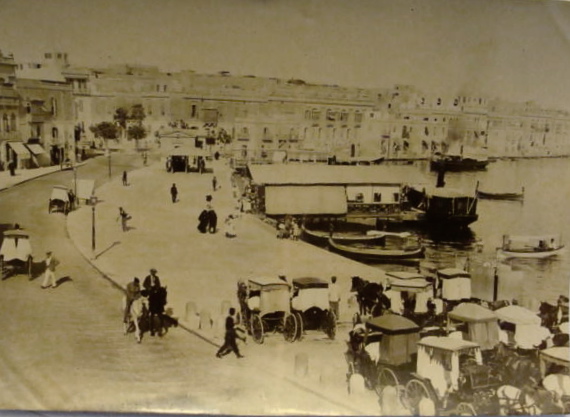
St Julian's, 1870
Go back another 50 years to St Julian's in 1870, just 150 years ago. Unbelievable, isn't it?
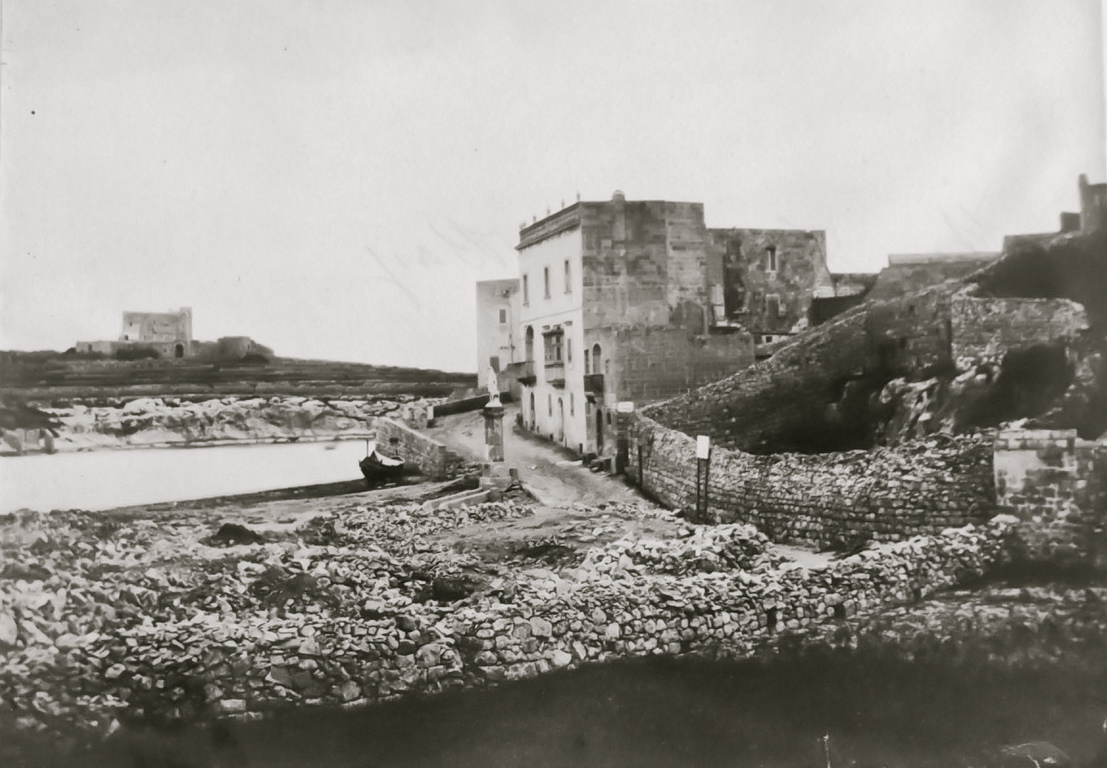
Grand Harbour, 1870s
Or the Grand Harbour in the 1870s. Just look at those sails! What a stark difference from the warships fifty years later, and the cruise liners of today!
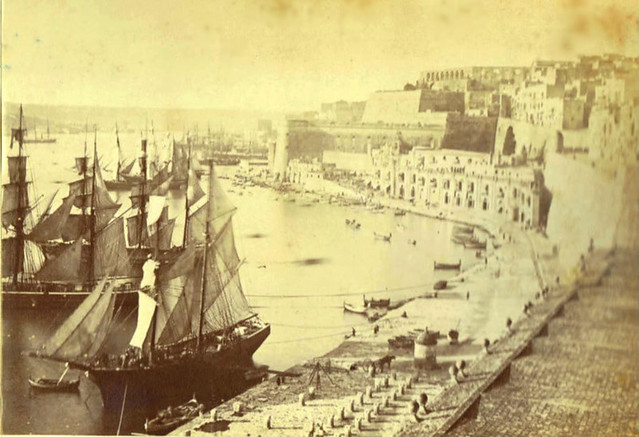
Sa Maison, 1920
On to Sa Maison in 1920, here's a group of young boys humouring the photographer by pretending to milk a goat. Fresh goat's milk was sold on the street until 1935, when it was banned to harness the spread of undulant fever. Notice another professional photographer in the background on the right.

Porte Reale, 1928
What about these curious three little goats (bottom right) approaching Porte Reale, previously the gate of Valletta, from Floriana in Malta 1928? Notice also the single vehicle, with 'Titanic' printed on its side, as pedestrians take up the road space. Evidently, traffic was not always a problem.
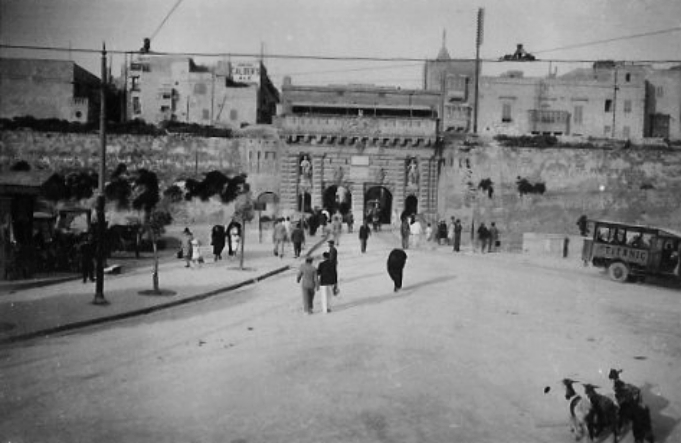
Grand Harbour, 1920s
A labourer's job was harder in those days, when the technology we take for granted today just wasn't a reality yet. Here we are at the Grand Harbour in the late 1920s, when ships ran on coal and somebody had to carry it across.

Floriana or Valletta, 1933
On the other hand, this scene from Floriana or Valletta in 1933 looks like something out of a musical. Notice the man and boys all wearing caps. Oh, and more goats from a milk vendor.
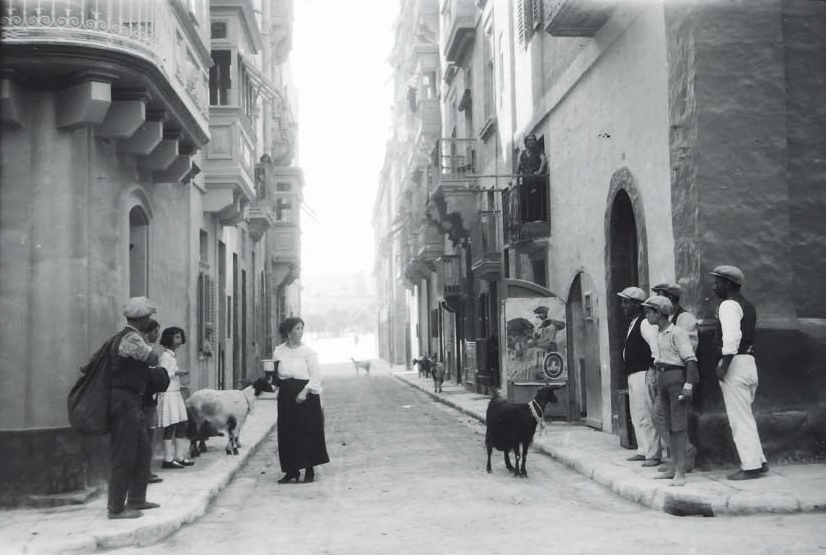
Mule cart, 1933
The horse and carriage (il-karrozzin) is a thing, but a more common mode of transport in 1933 was the mule cart. It was especially used by street vendors.
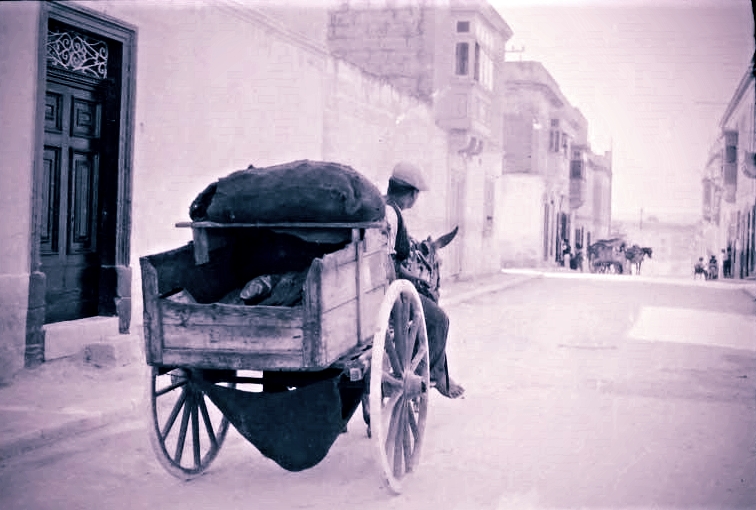
Villlage life, 1935
Village life went on peacefully in 1935 Malta. Here's a scene of three women wearing the ghonnella and two little girls on their way to church.
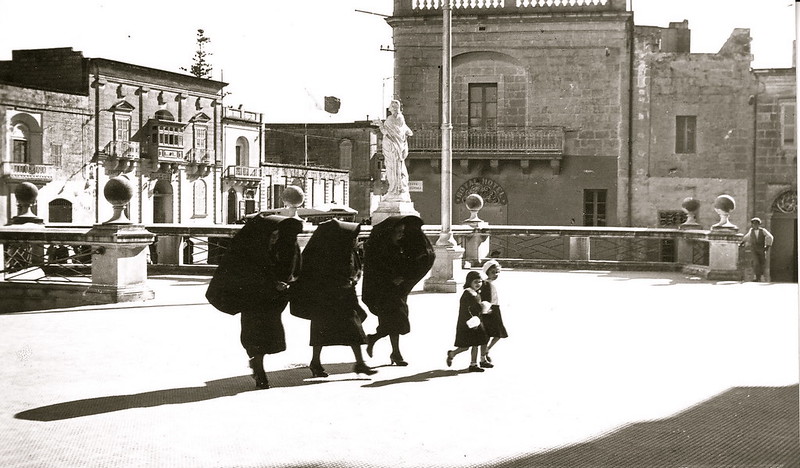
Cospicua, 1938
This would have been an ordinary scene of the average woman out shopping from a street vendor in Cospicua, Malta 1938.
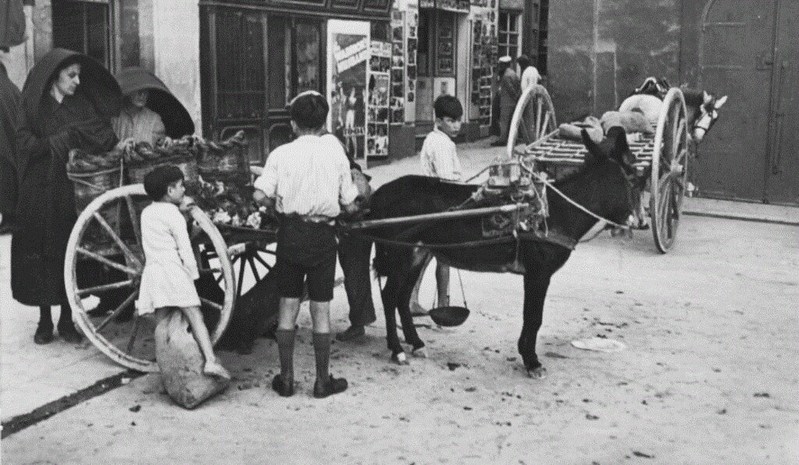
Victory Kitchen, 1942
By 1942, in a span of just four years, the women's attire looks entirely different as they head to get supplies from the Victory Kitchen at the height of the famine in Malta due to World War II.
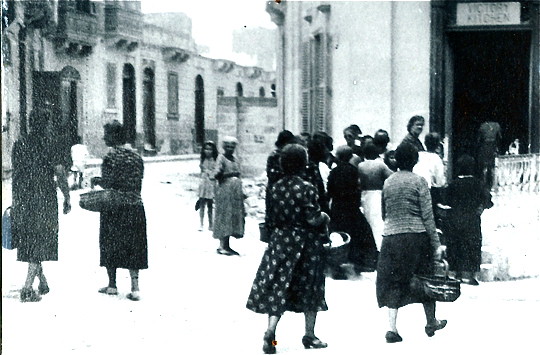
Site of the Royal Opera House, 1942
The misery of war was not just short food supplies but also great destruction. Here is the Royal Opera House, at the entrance of Valletta, destroyed by bombardment from a German air raid in 1942.
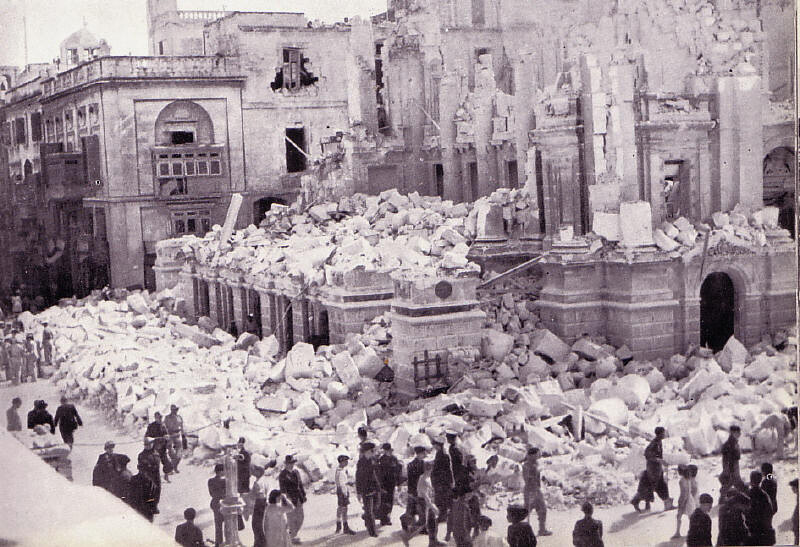
And before: Royal Opera House, 1920
Here is the same Royal Opera House, one of the jewels of Malta, in 1920, 22 years earlier.
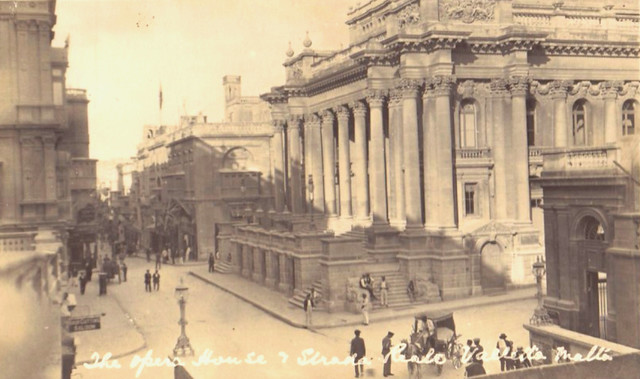
And after a stint as a car park, the Royal Opera House now lives on as an open-air musical venue. Perhaps in itself, a reminder that nothing lasts, but nothing is lost.